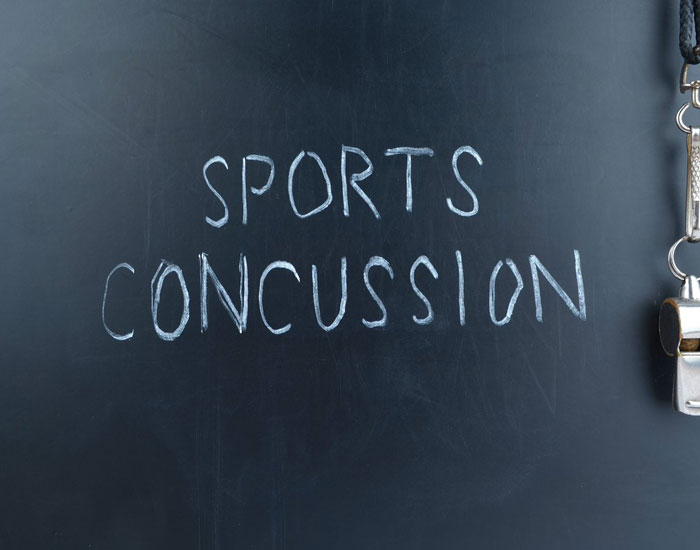Fractures
The general principles of fracture management, i.e. accurate reduction, appropriate immobilization and timely rehabilitation, guide the treatment of these injuries in the general population. Fracture management in athletes can differ significantly due to the need to facilitate a quick return to the required activities. However, although fractures include up to 10% of all sports injuries, research on management and their treatment is limited. You must rely on the experience of the Clinician, evaluating and analyzing case by case the most appropriate, valid and innovative treatment methods for a faster return to sports.
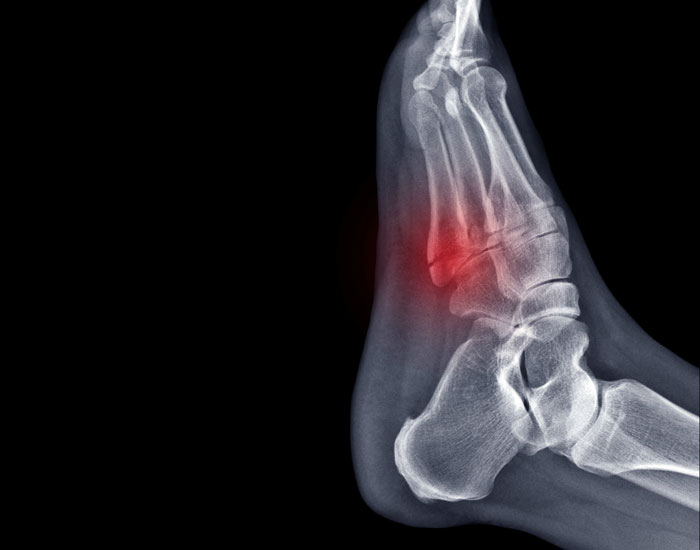
Tendinopathies
Tendinopathies are constantly increasing and represent a substantial part of all sports injuries, and not only. It is a clinical syndrome that often, but not always, involves overload injuries. They are characterized by a combination of pain, swelling (diffuse or localized) and impaired performance. Tendinopathy can also occur without signs of overload and it is therefore associated with other pathologies. The most vulnerable tendons are the Achilles tendon, the patellar tendon and, in the upper extremities, the rotator cuff and the short radial extensor tendon of the carpus (tennis elbow). Some tendinopathies, if not treated properly, can lead to rupture of the tendon as it happens a few times for the Achilles tendon or for some tendons of the rotator cuff.
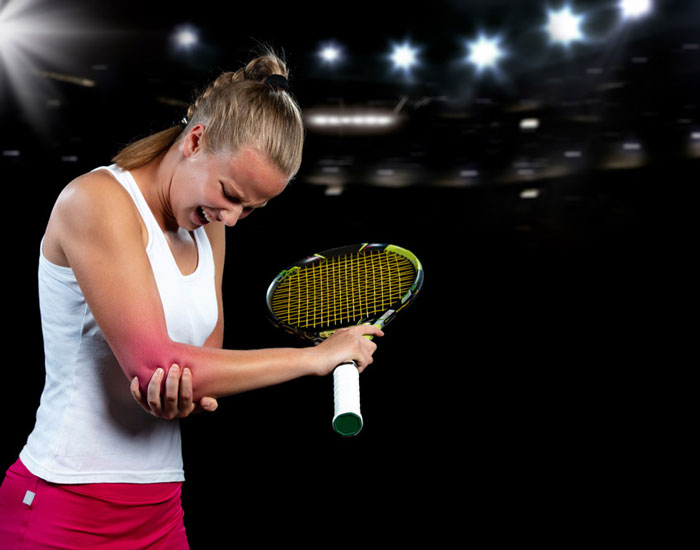
Muscle Injuries
Muscle injuries are extremely common in athletes and often produce pain, dysfunction and an inability to return to sports or competition. Proper diagnosis and management can optimize recovery and minimize return to sport time. A thorough knowledge of this type of injury is required, since an adequate injury management can determine the difference between an early return to sport or a delayed one.
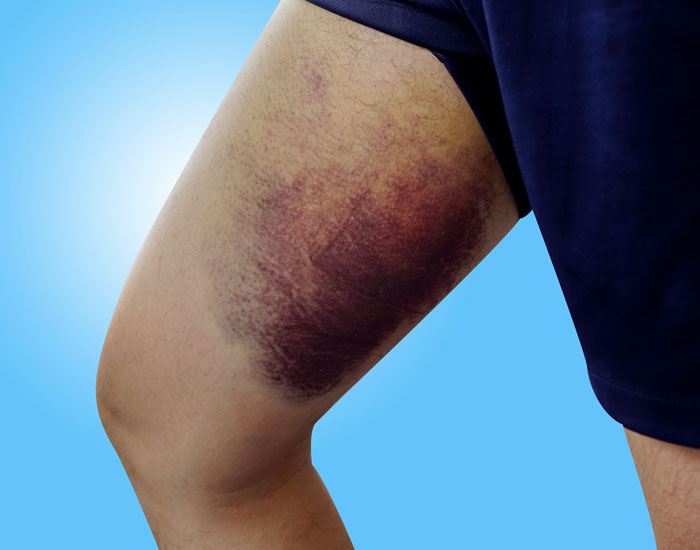
Cartilages Injuries
Injuries of articular cartilage in the sports population are observed with increasing frequency and, due to the limited intrinsic healing capacity, they can cause progressive pain and functional limitation over time. Left untreated, isolated cartilage injuries can lead to progressive chondropenia or overall cartilage loss over time. Knowledge of the most innovative and most suitable treatment methods according to the case are fundamental for the management of these lesions.
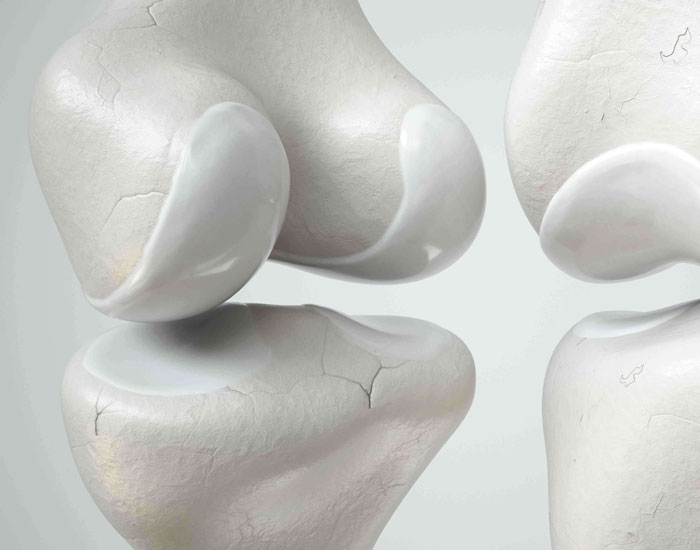
Overload Injuiries
The absence of a single identifiable traumatic cause has traditionally been used as a definition of overload injury. Excessive load, insufficient recovery and poor preparation can increase the risk of injuries by exposing athletes to variations of relatively high loads. The musculoskeletal system, if subjected to excessive stress, can suffer from various types of overuse injuries that can affect bones, muscles, tendons and ligaments.

Sports Concussion
Concussions are small traumatic brain injuries. They occur in a wide range of sports and affect all athletes, from professional players to amateur athletes. Concussion in sports has become a significant problem. In recent years there has been much talk about the consequences of returning to sport too early, as well as the results of research on long-term effects after injury. Recognizing concussion and providing adequate treatment is especially important for younger athletes because they typically take longer than adults to fully recover. In addition, coaches, parents and trainers must be aware that concussion causes a wide range of symptoms and can interfere not only with sports participation, but also with school and social relationships. Most athletes will fully recover from concussion, and understanding the various symptoms can help with the healing process.
